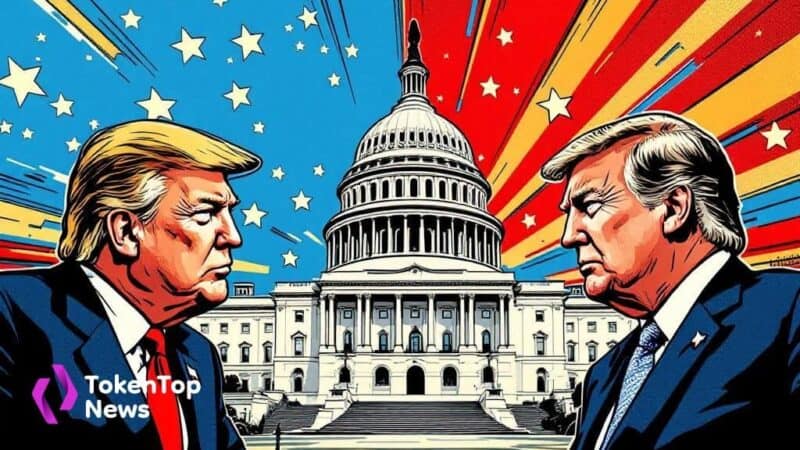Coinbase CEO Projects Bitcoin to Hit $1M by 2030
- Brian Armstrong forecasts Bitcoin BTC -1.18% reaching $1M by 2030 citing regulatory advances.
- Institutional interest and US Bitcoin reserves support forecast.
- Market shifts may boost crypto ETFs inflows significantly.

Coinbase CEO Brian Armstrong predicts Bitcoin will reach $1 million by 2030 due to regulatory clarity and rising institutional interest, announced during the “Cheeky Pint” podcast this week.
Armstrong’s forecast impacts market sentiments, suggesting increased Bitcoin adoption and ETF inflows, amid evolving US regulations and institutional interest, potentially boosting cryptocurrency market dynamics.
Main Content
Coinbase CEO Brian Armstrong has predicted Bitcoin will surge to $1 million by 2030. The statement underscores regulatory clarity as a major factor in this forecast. Prior predictions have similarly influenced crypto market dynamics.
Brian Armstrong, a pivotal figure in cryptocurrency markets, shared this projection through multiple platforms, emphasizing the role of institutional adoption and legislative progress. His forecast comes amid evolving US crypto regulations.
“I think we’ll see $1M per bitcoin by 2030. Regulatory clarity is finally emerging, the US government is keeping a BTC reserve, there’s a growing interest for crypto ETFs, among many other factors. (Not financial advice of course, it’s impossible to guarantee)” – Brian Armstrong, CEO, Coinbase
Bitcoin’s volatility sees potential moderation as institutional interest, driven by government’s BTC reserves, gains traction. Armstrong’s projections may drive further institutional accumulation and market participation.
The financial impact is considerable, with greater clarity possibly catalyzing funds’ allocation into crypto assets. US market legislation’s evolution could prompt enhanced engagement from larger investment entities.
Market enthusiasm is evident, though holding $124,000 remains crucial before such highs. Risk-averse strategies are advised by experts amid high volatility conditions. Institutional moves are carefully monitored as rules evolve.
Potential outcomes include increased ETF inflows and broader market acceptance. Historical bullish projections have often propelled rallies, and current regulatory progress suggests viable pathways to Armstrong’s high estimate. The focus remains on regulatory and market developments.





